As a parent, I’ve always believed in preparing my kids for whatever life might throw at them. In today’s uncertain world, teaching our children survival skills isn’t just smart – it’s essential. These skills build confidence, foster independence, and could one day save their lives. I’ve compiled a list of 15 crucial survival skills that I’ve taught my own kids. Trust me, you’ll be amazed at how quickly they pick these up and how proud they’ll be of their new abilities.
1. Fire Starting
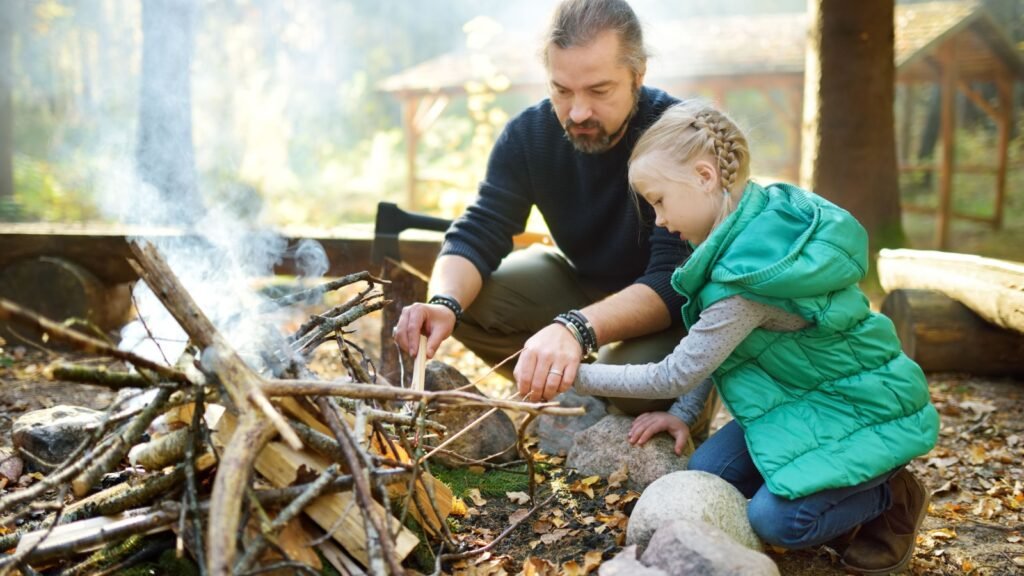
Every kid should know how to start a fire safely. I teach mine using various methods – matches, lighters, and even friction-based techniques. We practice building fire lays with tinder, kindling, and fuel wood. I always emphasize fire safety, teaching them to clear the area and have water nearby. It’s a thrill to see their eyes light up when they get that first spark to catch! We also learn how to maintain a fire in wet conditions, using techniques like feather sticks and finding dry inner bark.
2. Basic First Aid
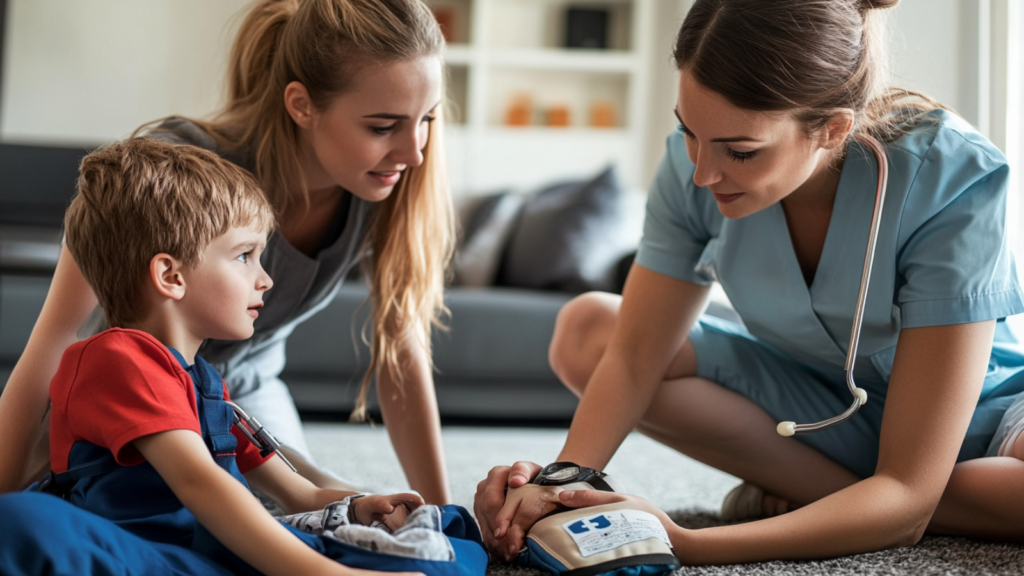
Knowing how to handle minor injuries can make a big difference. I’ve taught my kids how to clean and dress wounds, treat burns, and deal with sprains. We practice CPR on dummies and learn how to use an EpiPen. They know the contents of our first aid kit like the back of their hand. It’s reassuring to know they can handle emergencies if I’m not around. We also cover how to recognize and respond to more serious conditions like hypothermia, heat stroke, and severe allergic reactions.
3. Water Purification

Clean water is crucial for survival. My kids know multiple ways to purify water – boiling, chemical treatments, and even how to make a simple filter using natural materials. We’ve tested these methods on camping trips, turning murky stream water into safe drinking water. It’s a skill that could save their lives in a pinch. They’ve also learned how to collect water from plants and how to find water sources in different environments.
4. Navigation Without Technology
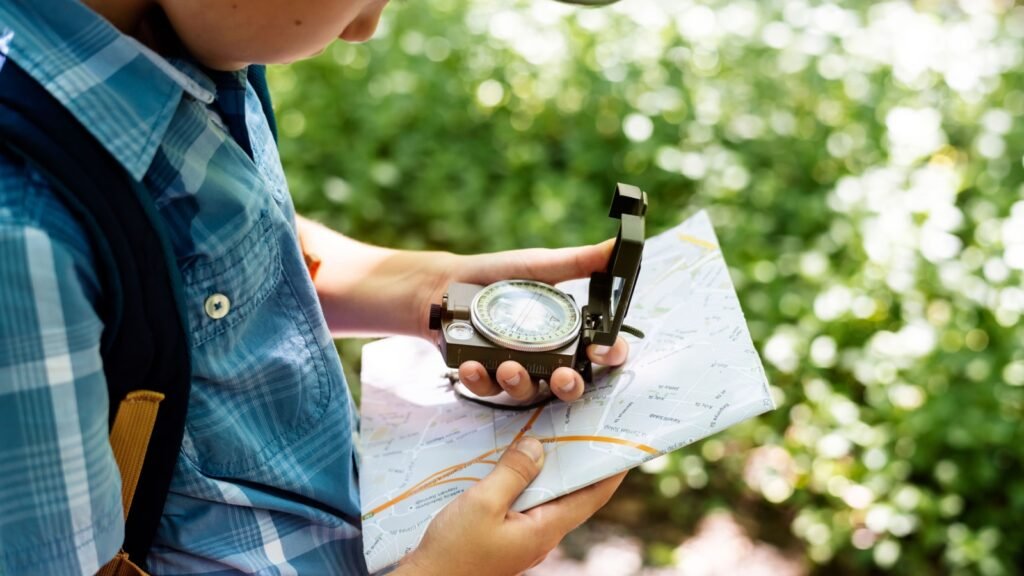
In this age of GPS, basic navigation skills are often overlooked. I’ve taught my kids how to read a map and use a compass. We practice finding north using the sun and stars. They’ve even learned to make a simple sundial. These skills have made our hiking trips more adventurous and educational. We also cover how to navigate using natural landmarks and how to backtrack if they get lost.
5. Knot Tying
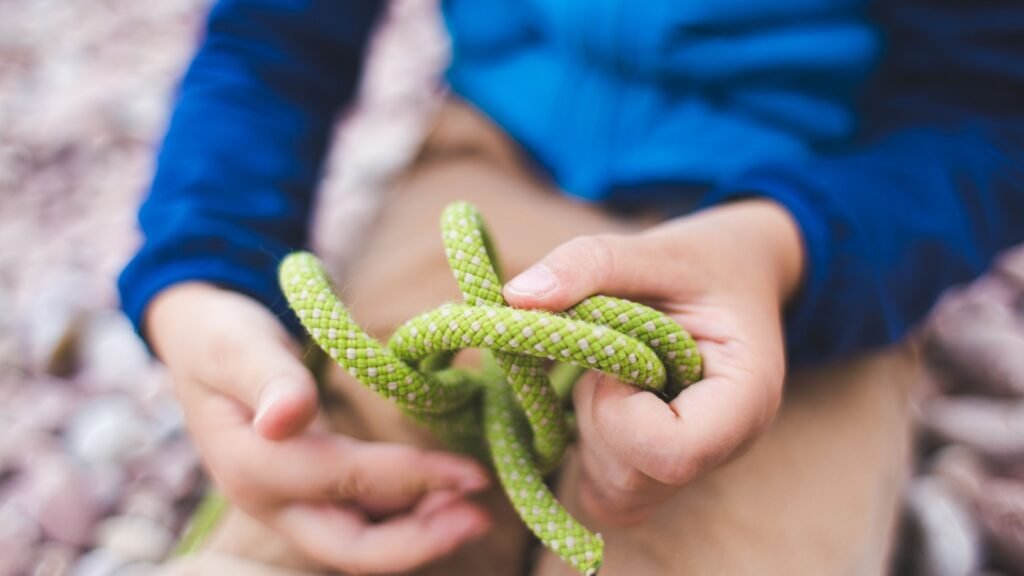
A good knot can be a lifesaver. We started with simple knots like the square knot and bowline, then moved on to more complex ones. My kids can now rig up a shelter, secure a load, or even create a makeshift harness if needed. It’s amazing how often this skill comes in handy, even in everyday life. We practice knot tying regularly, timing ourselves to improve speed and efficiency in high-pressure situations.
6. Foraging for Wild Edibles
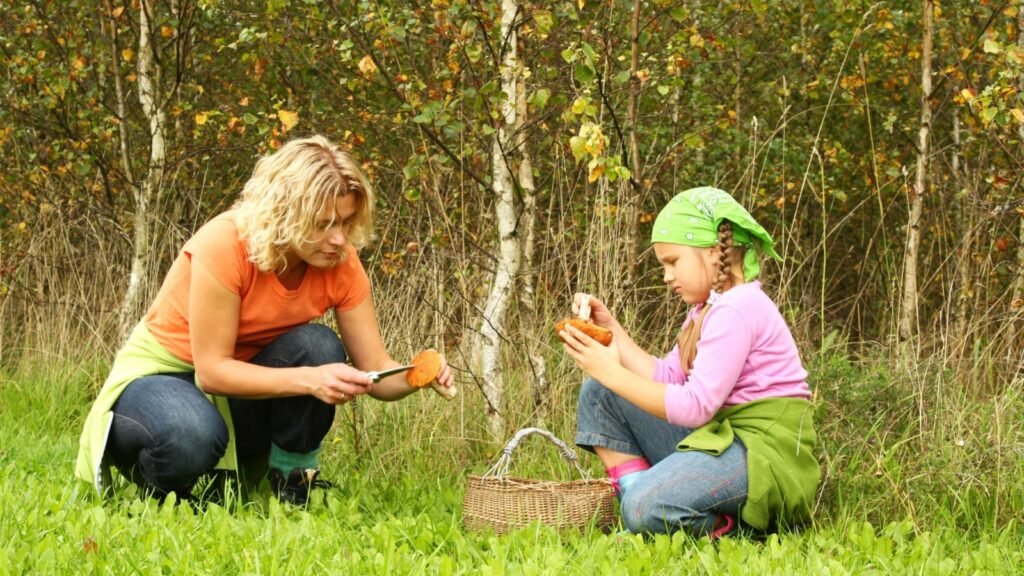
Knowing which plants are safe to eat is crucial. We spend time identifying edible plants in our area, learning their characteristics and uses. My kids can now spot dandelions, chickweed, and wild berries with ease. We always follow the rule: if you’re not 100% sure, don’t eat it. This knowledge has added a new dimension to our outdoor adventures. We also learn about the nutritional value of different plants and how to prepare them for consumption.
7. Basic Self-Defense
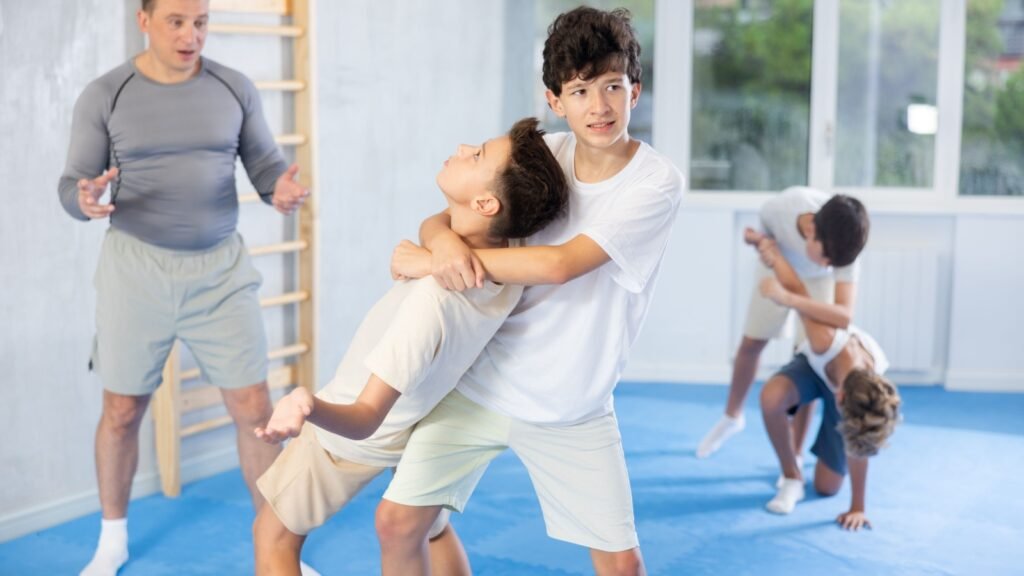
I believe every child should know how to protect themselves. We’ve learned simple techniques to break free from grabs and how to create distance from a threat. I teach them to be aware of their surroundings and trust their instincts. It’s not about fighting, but about staying safe and confident. We also practice verbal de-escalation techniques to avoid physical confrontations altogether.
8. Shelter Building
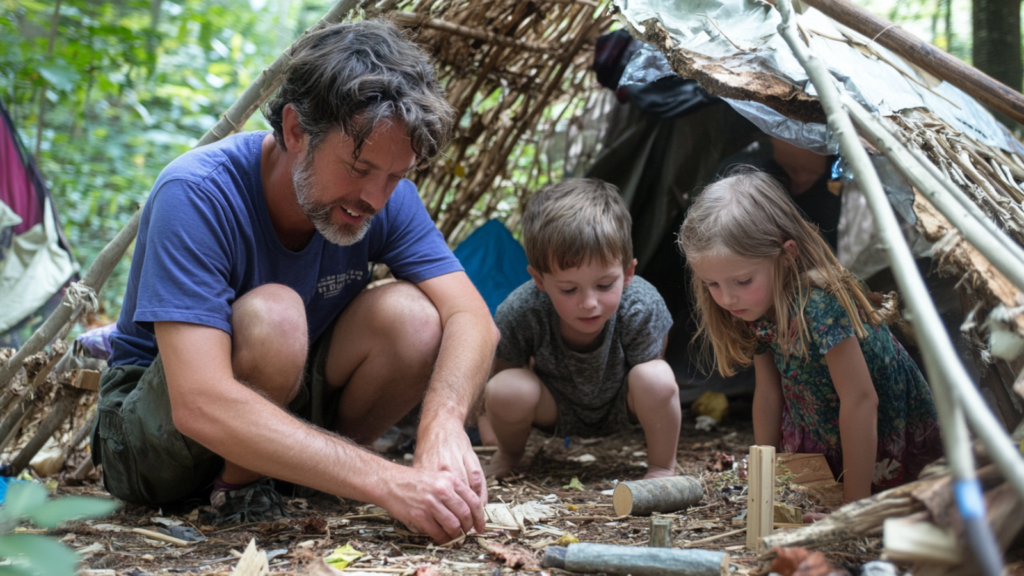
A good shelter can protect you from the elements and even save your life. We practice building various types of shelters – debris huts, lean-tos, and snow caves. My kids now look at the forest as a giant building supply store. It’s amazing how cozy a well-built natural shelter can be. We also learn how to insulate shelters for different weather conditions and how to camouflage them if necessary.
9. Signaling for Help
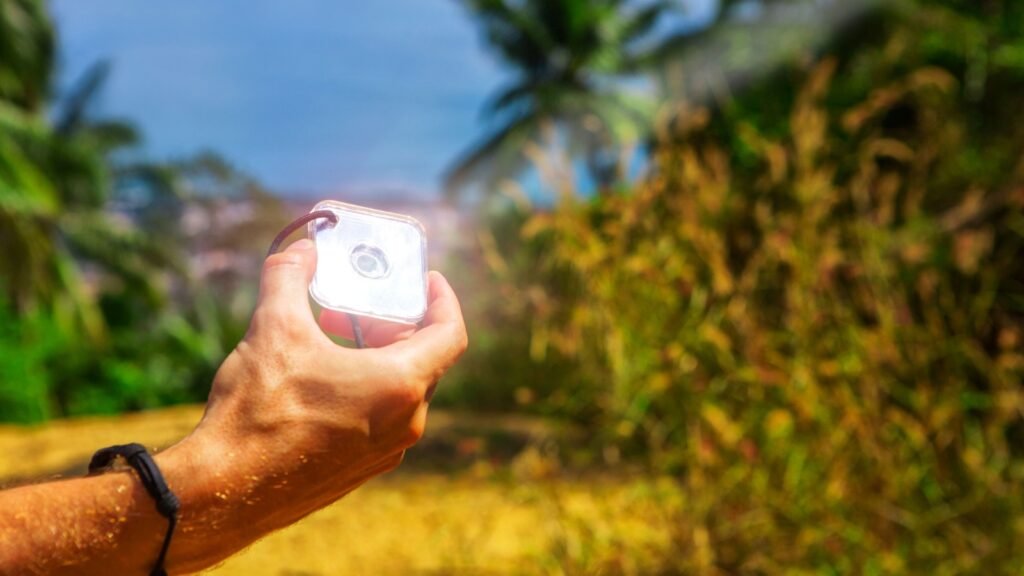
In an emergency, getting help can be crucial. We’ve learned various signaling methods – from creating SOS signs to using mirrors for signaling aircraft. My kids even know how to use body signals to communicate with rescue helicopters. It’s a skill we hope we’ll never need, but it’s reassuring to have. We also practice using improvised signaling devices like whistles made from acorn caps and how to create smoke signals for daytime visibility.
10. Basic Tool Use and Maintenance

Knowing how to use and maintain basic tools is essential. My kids can safely use knives, axes, and saws. They know how to sharpen blades and perform basic maintenance on our camping gear. This skill has made them more self-reliant and responsible around the homestead. We also cover how to safely improvise tools from natural materials when manufactured ones aren’t available.
11. Emergency Preparedness

We have a family emergency plan, and everyone knows their role. My kids know where our emergency supplies are kept and how to use them. We regularly review and update our plan. This preparation gives us peace of mind and helps the kids feel more in control during uncertain times. We also conduct surprise drills to ensure everyone can quickly and calmly execute the plan when needed.
12. Basic Hunting and Trapping
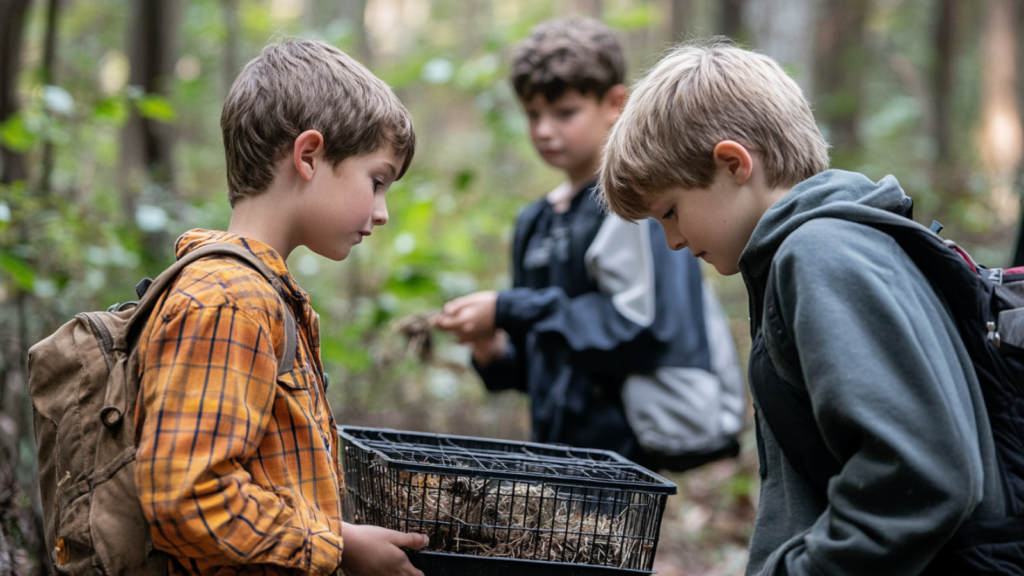
While we hope to never need these skills for survival, knowing the basics of hunting and trapping can be valuable. We’ve learned to set simple snares and fish traps. My kids understand the ethical aspects of hunting and the importance of using all parts of an animal. These skills connect them to nature in a profound way. We also learn about tracking animals and reading sign to increase success rates in a survival situation.
13. Weather Prediction

Understanding weather patterns can help you prepare and stay safe. My kids can now recognize cloud formations that signal incoming weather. They know how to read basic weather maps and understand concepts like fronts and pressure systems. This knowledge has made our outdoor activities safer and more enjoyable. We also learn about microclimates and how local geography can affect weather patterns.
14. Basic Sewing and Mending
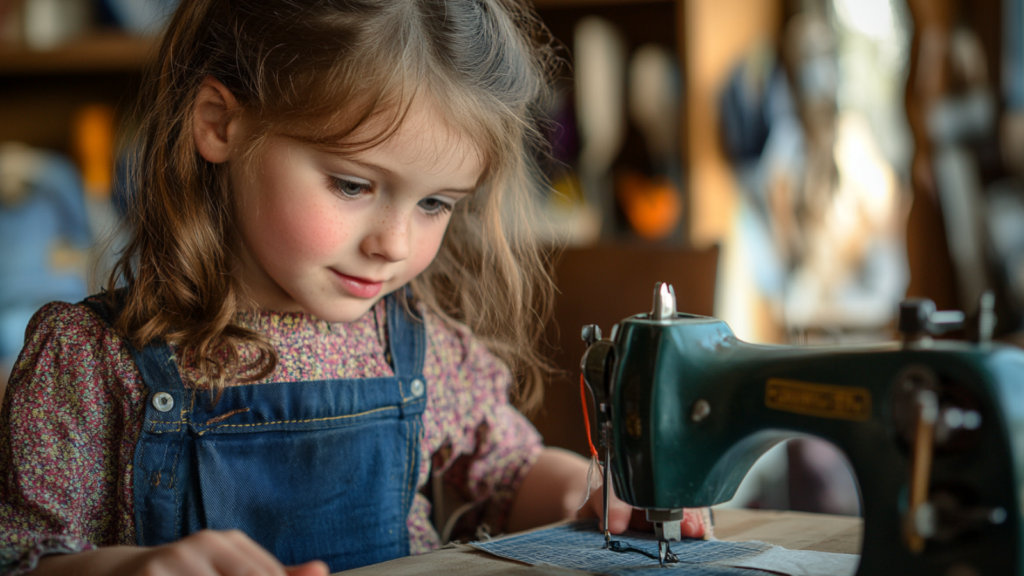
The ability to repair clothing and gear can be crucial in a survival situation. My kids can sew on buttons, patch holes, and even make simple items like pouches. We practice with both needle and thread and basic sewing machines. It’s a skill that serves them well in everyday life too. They’ve also learned how to make cordage from natural fibers, which can be used for sewing in a pinch.
15. Mental Resilience
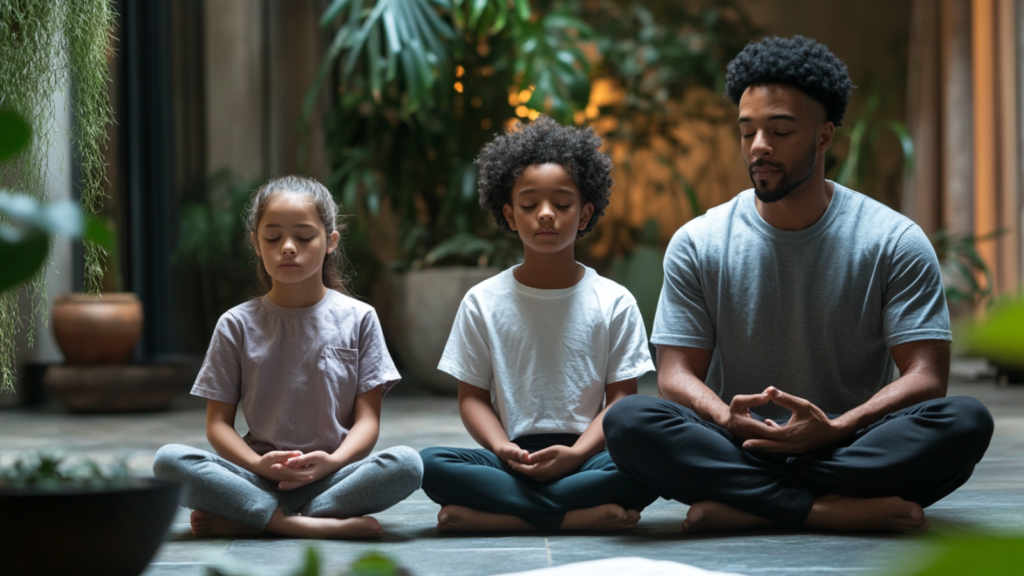
Perhaps the most important survival skill is mental toughness. We practice staying calm under pressure, making decisions with limited information, and persevering through challenges. Through games and exercises, my kids are learning to manage fear, stay positive, and think creatively in difficult situations. This mental resilience will serve them well in any crisis – and in life in general. We also practice mindfulness and breathing techniques to help manage stress and maintain clear thinking in emergencies.

